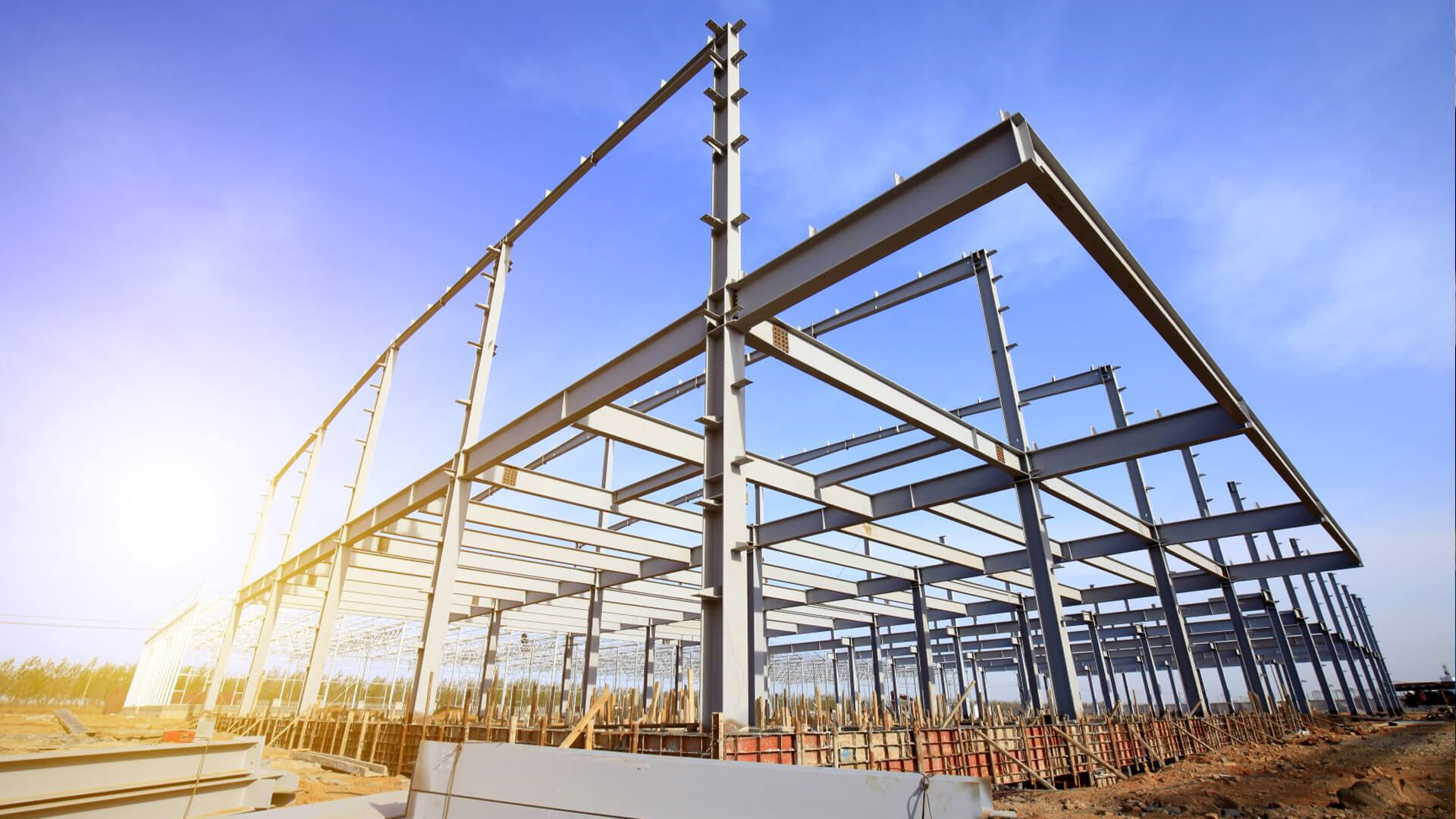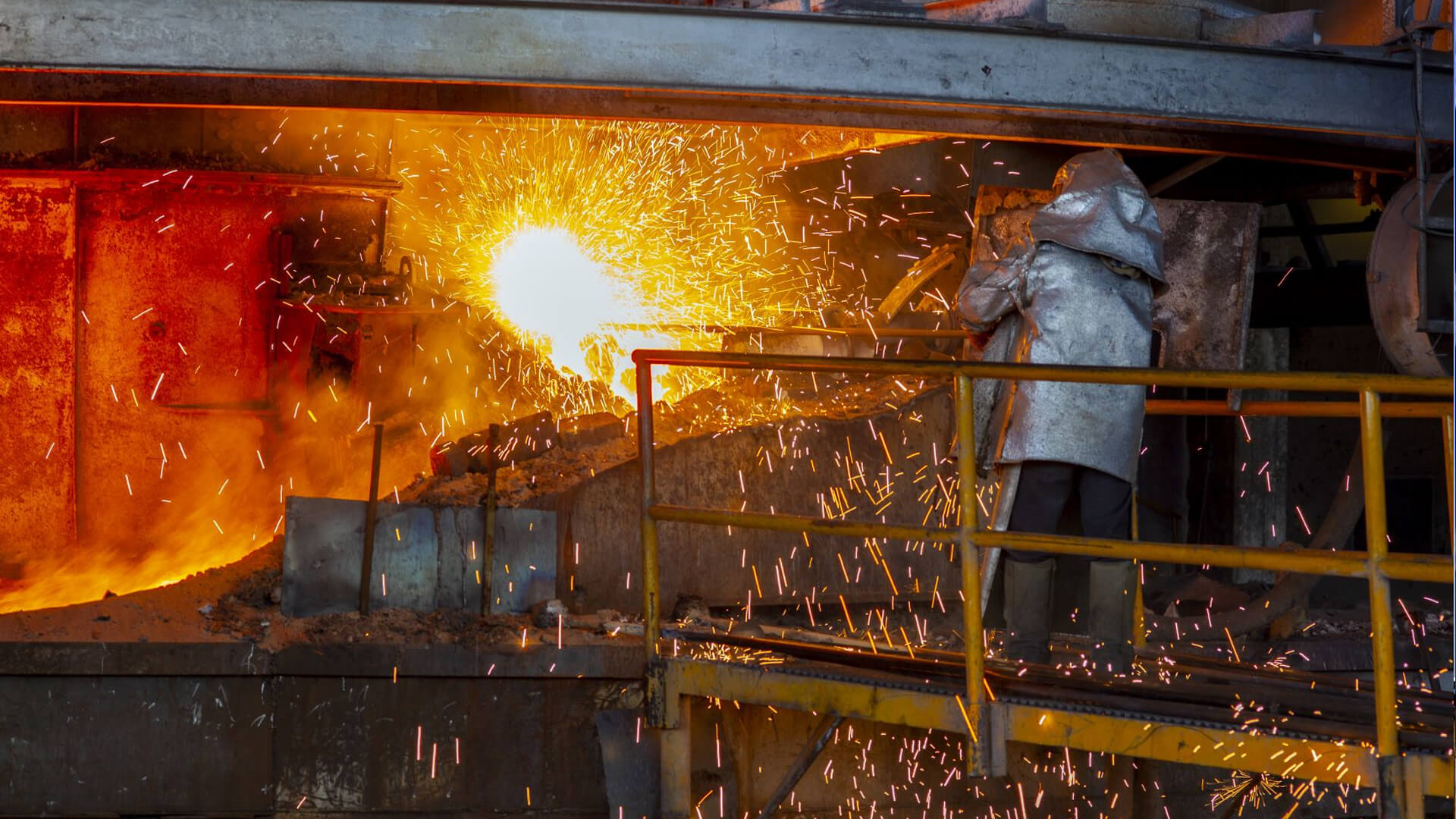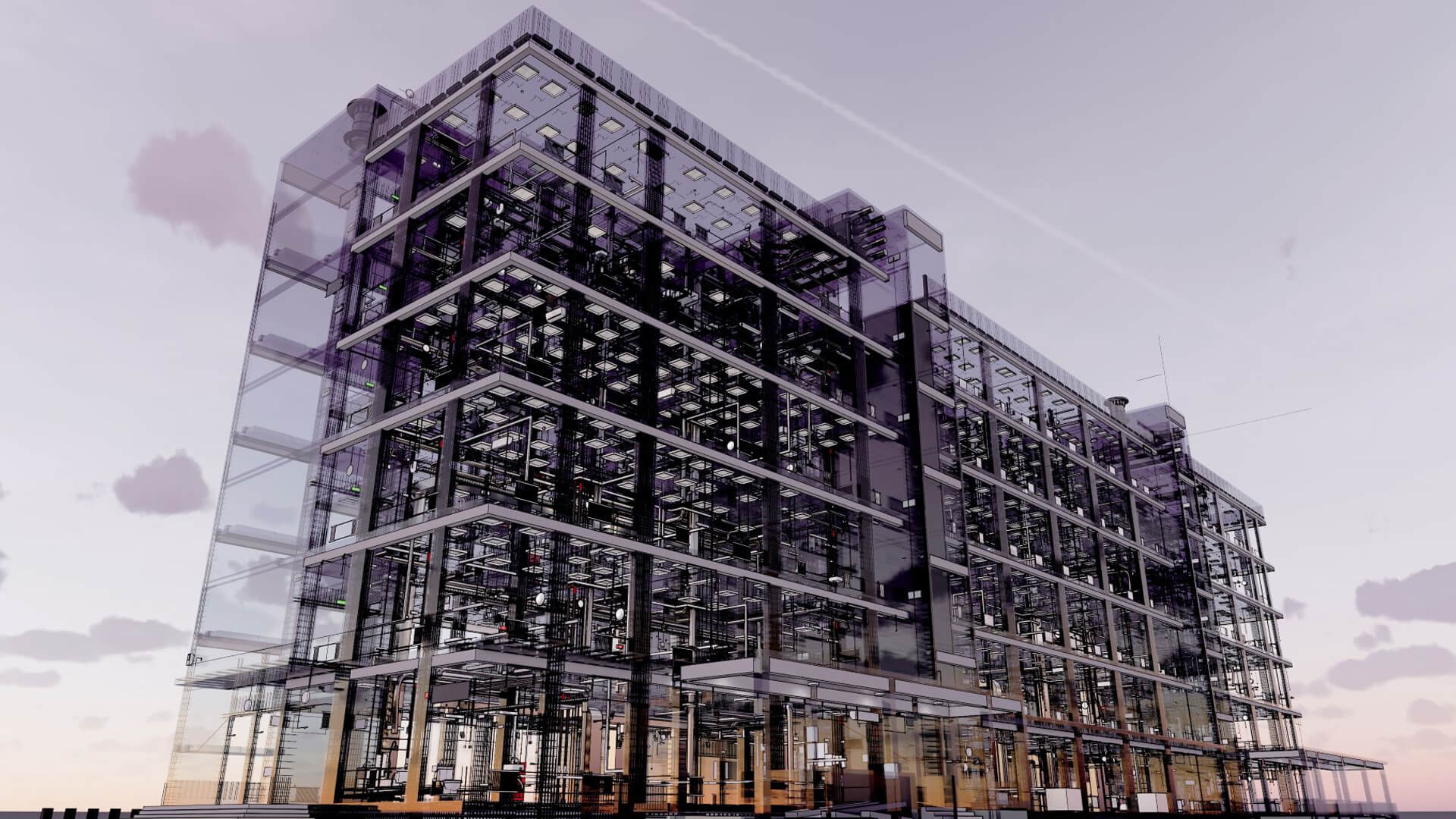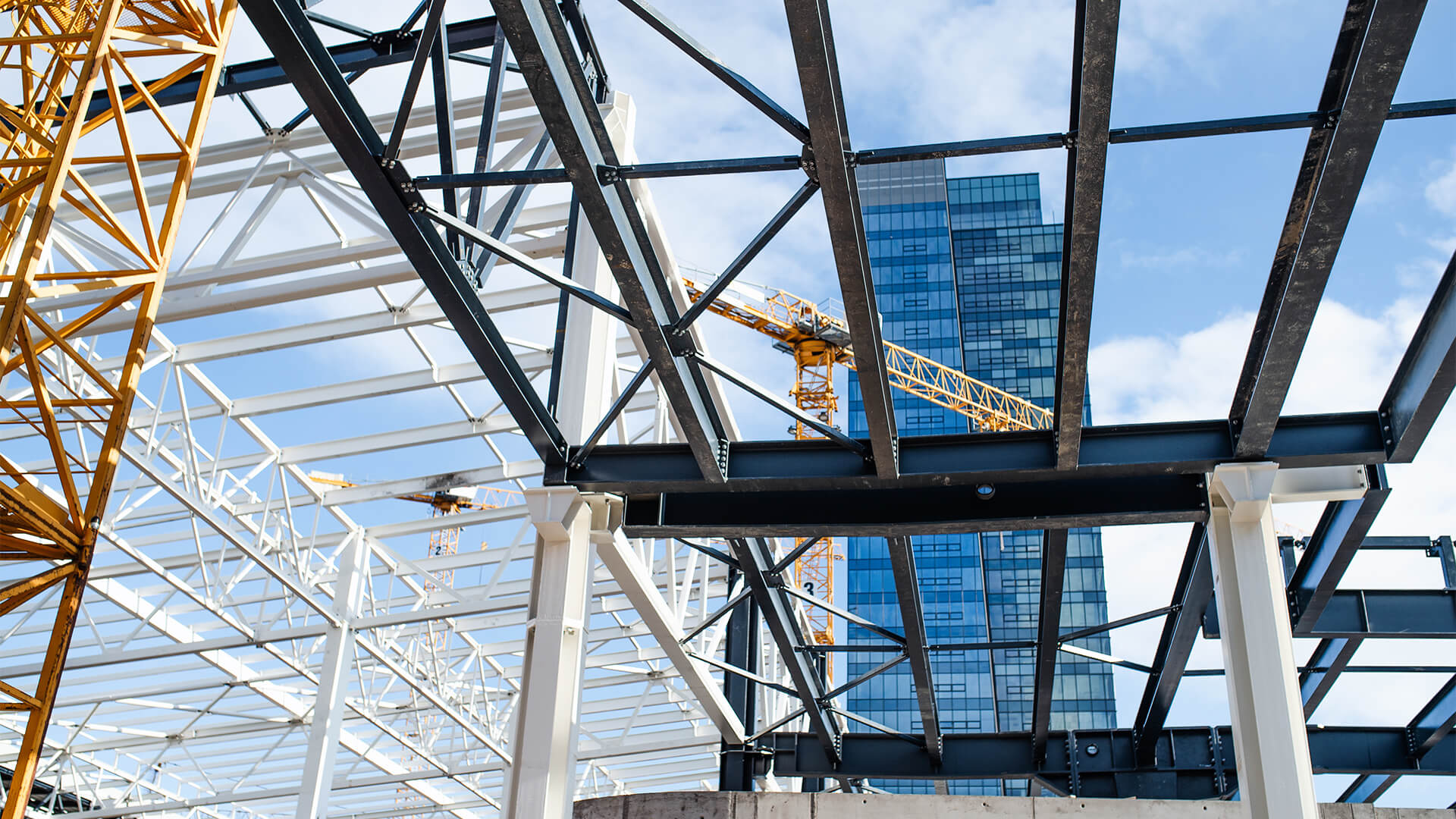Steel is perhaps the most prevalent material in the construction industry. From making bridges, factories, and buildings, to ships and cars, steel is ubiquitous in almost every industrial sector.
An alloy of iron, carbon, and other metals, structural steel has been used for several years due to its strength and toughness. These key traits are critical to constructing durable buildings and creating long-lasting vehicles and ships, among many others.
Structural steelwork is needed to form a building or any structure’s framework. Thus, making sure that the steel remains strong despite being cast, molded, deformed, riveted, bolted, and welded together, is vital for sustainability.
As the backbone for any commercial and industrial structure, there are some essential things to know about structural steel and steelwork. Understanding what steel is, how it’s made, and the various applications of steelworks will be discussed in the succeeding sections.
What is Structural Steel?
Structural steel is simply defined as the steel that’s shaped according to its use in the construction of various industrial and commercial structures.
Strength and durability, as well as ductile properties, make structural steel tough yet easy to work with. Structural steelwork is highly dependent on an industry’s needs, and choosing suitable materials is critical to avoid structural problems.

How Is Steel Made?
Steel is made by crushing and sorting raw iron ore. The ore is then placed into a furnace to remove impurities, allowing pure iron to settle at the bottom of the blast furnace. The last stage involves drawing off the molten iron, which is then mixed with other compounds such as manganese and carbon, among other metals, to control the strength and elasticity of the finished product.
The types of steel used in construction are typically made from the following:
- Carbon steel: Made from iron and carbon, this type of steel product can be adjusted to influence the product’s quality and flexibility. When mixed with high levels of carbon, the product becomes hard and non-malleable, such as cast iron. Medium carbon steel is typically used for structural steelwork to maintain strength yet offers some room for reshaping. Lastly, low carbon steel, such as wrought iron, is generally used for various decorative purposes in railings and gates.
- Galvanized steel: This involves coating steel in zinc to prevent corrosion. Most bridges use galvanized iron to prevent the corrosive effects of seawater. A zinc coating remains effective in shielding the base metal from corrosive substances even if it’s scratched or wears out over time.
- Alloy steel: To improve or add specific qualities to a steel product, some manufacturers add carbon and other elements such as manganese to produce an extremely tough and rigid product.

What is Structural Steel Fabrication?
After the steel has been manufactured, structural steelmakers, such as Steelgram Fabrications, change the configurations of the steel based on how they’re going to be used. Structural steelwork involves the reshaping of structural steel via cutting, bending, and assembling, to create various products such as beams, channels, angles, plates and hollow steel tubes.
During structural steelwork, several pieces of steel are combined together to form various shapes and sizes to be used in creating buildings, pieces of industrial equipment, tools, among other products.
Making structural steel for various industries works by doing the following steps:
- Designing the structural steel based on the requirements.
- Cutting the steel with special tools such as saw, laser, notches and punches, to create, and cut the structural steel based on the design.
- Bending or reshaping the steel to its ideal shape
- A coating is applied to the structural steel product as protection from rusting.
- The structural steel fabricator delivers the products to the client, who will assemble the products based on the structural design.
In most countries, the government regulates the standard steel shapes, the materials they are made from, as well as the properties that determine how strong and durable the steel will be. The storage practices for this type of metal is also controlled by most states.

What Are the Types of Structural Steel?
Steel beams and columns, steel joists, steel studs, and aluminum framing, are critical components in the skeletal framework of buildings, bridges, and other structures. However, there are pre-fabricated steel buildings that are almost exclusively made of steel.
Below are various types of structural steel is used extensively in the construction industry:
- Angled Sections- These right-angled structural steel products are ‘L-shaped’ and may come in equal or unequal lengths. Being available in a wide range of sizes, they’re often used in various industries such as industrial and commercial construction, transportation, and mining.
- Tubular Hollow Sections- These hollow tubular cross-sections have high torsion resistance, making them perfect for use in multi-axis loading processes.
- Flat Sections- They’re often referred to as plates, and as such, can be attached to another section to reinforce strength.
- Parallel Flange Channels – With right-angled corners and shaped like the letter ‘U,’ these channeled beams come in various sizes. Parallel flange channels have a high strength-to-weight ratio.
- Rectangular Hollow Sections- Rectangular hollow sections are similar to circular hollow sections, the only difference being the shape of each product. They’re typically used in many mechanical and construction steel applications.
Square Hollow Sections- As their shape makes it difficult to fuse into other types of shape, square hollow sections are only used in the columns or posts of a structure.
Tapered Flange Beams- These structural steel products are shaped like the letter ‘I’ and typically used as cross-sections for girders. These metals have a high resistance ratio but don’t have high resistance to torsion or twisting.
Universal Beams- When placed upright, they look like the letter ‘I,’ but when placed on their side, they look like the letter ‘H,’ Universal beams are made of structural steel and widely in the construction sector.
Universal Columns- They look like universal beams but are mainly used for building columns because of their load-carrying capabilities.

Which Sectors Benefit from Steel?
- Aeronautics – Aircrafts won’t be complete without its structural steel components.
- Automotive – Vehicle manufacturers also count steel as an important material.
- Construction – The highest demand for structural steel comes from the construction industry. Steel beams, steel plates, girders, sections, and columns are used extensively in the sector.
- Energy – The industry benefits from structural steelwork for their transmission towers, turbines, pipelines, drilling rigs, drill pipes, casing, as well as steel pipes and tubes in oil refineries.
- Manufacturing – Structural steel has many applications in the manufacturing sector, among them in the creation of steel ladders, industrial stairs, mezzanines, steel handrails, among others.
- Mining – Structural steelwork is widely used in the mining sector, especially in the extraction and processing of ore and other minerals. Various steel products make up the fittings, pipes, beams, grinding balls, rails, and rods used in the mining sector.
- Ship construction – Yachts, boats, and ships require structural steel in all of their assembly lines to create a high-quality product.
Final Thoughts
Because of its durability, strength, and versatility, structural steelwork has many applications in various industries. To create steel products that fit the required form and function, steelworkers need to be highly-skilled and have a good understanding of how the metals perform in a structure.






























